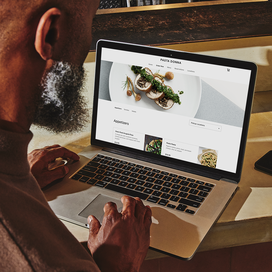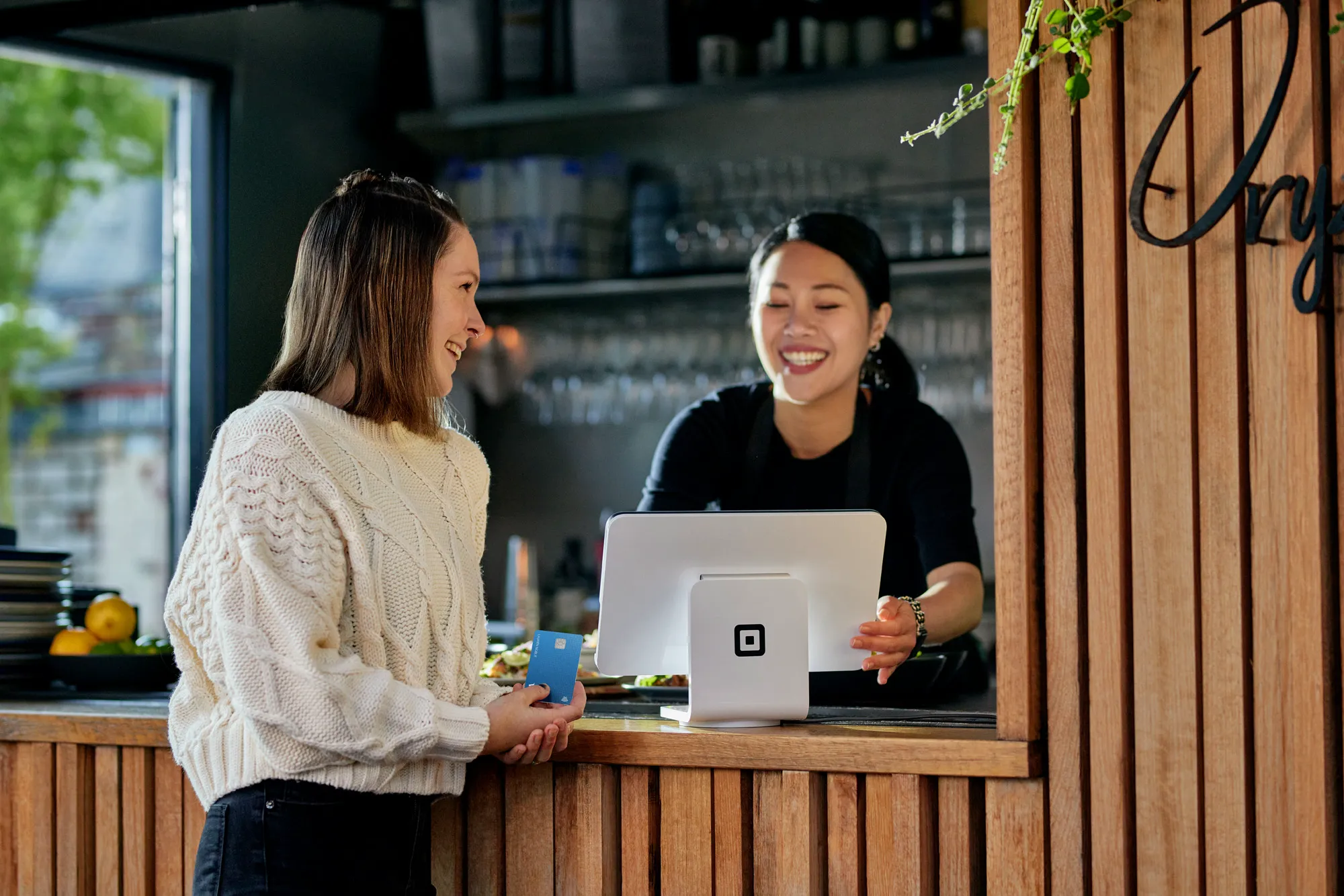What do you need to run a quick-service restaurant or commercial kitchen?
After going through the process of nailing your restaurant business plan, registering your business, acquiring licenses, determining your financing, and finding a location, you’re ready to take the next step and build out your space. But where should you start and what are your options?
Having a well-equipped, connected, and easy-to-manage restaurant is essential to setting up yourself, your staff, and your business for success. According to the Square Future of Restaurant report, 79% of customers say that they’d prefer to order via online kiosks rather than directly through staff. Executing that kind of automated, omni-channel strategy requires upfront planning and organizing.
Here is the Square checklist for some hardware and tools you may want to consider purchasing to get up and running.
Download a PDF of the checklist here
Back office
Essentials
It can be easy to forget about these basics when you’re starting out and focused on fine-tuning your restaurant, but planning ahead will help your operations run smoothly while avoiding surprise expenses.
- WiFi: Before you open your doors, ask yourself if WiFi will be used for staff only or if you want to offer it to customers to connect.
- Computer/tablet: While you can do plenty of business management from your phone, it’s helpful to have a computer or tablet available for larger projects.
- Basics (pens/paper/staplers/clips): Like many of these tools, buying in bulk and budgeting ahead can help save on future costs.
- Cleaning supplies: Items such as trash cans, trash bags, brooms, mops, and disinfectant wipes will help your restaurant maintain a level of cleanliness to attract customers.
- Business bank account and necessary documentation
Consider
You might not need a traditional break room, but consider spaces dedicated to your staff. Giving employees an area to unwind with amenities — even small ones like comfortable chairs and a stocked fridge — is a nice step to attract and retain talent.
- Break room: You can get creative here, and employees are likely to appreciate the perk.
- Filing cabinet and safe: You might not require space for tracking physical documents or providing security for specific items at your restaurant, but both can be helpful tools as you’re getting started.
- First aid kit
Kitchen equipment: Operations, shelving, storage, and food preparation
Essentials
Specific kitchen tools will vary depending on the type and size of your restaurant, but this essential list can help you get started. For larger expenses, such as ovens, consider if it makes more sense to track down used equipment or if it’s worth investing more money in something new.
- Ovens/ranges/microwave
- Ventilation
- Prep counters and cutting boards
- Refrigeration
- Safety tools (first aid, fire prevention)
- Storage space, shelving, and containers
- Cooking equipment (pots, pans, utensils, bowls, towels)
- Sinks/washing equipment
Consider
Restaurants with revenue streams outside of the core business — such as subscriptions, grocery options, or meal kits — say that an average of 17% of revenue comes from those offerings. Consider not only what additional items you might need to run the essential elements of your restaurant, but what tools could help you with diverse revenue streams.
- Food processors
- Mixers
- Slicers
- Ice machine
- Grill/griddles
- Fryers
- Coffee maker
- Steam table
- Takeout supplies
- Cleaning supplies
- Floor mats
Dining room operations
Essentials
Quick-service restaurants have plenty of flexibility when it comes to dining-in options for customers, and some businesses have found traditional dining rooms unnecessary. If you have a dining area for customers, cover the basics to start and then you can see what else is within your budget.
- Servingware (dishes, glasses, utensils, linens)
Consider
While both seating and uniforms are optional for a small commercial kitchen, consider how they fit into both your financial planning and your vision for the brand and feel of your restaurant.
- Tables/seating
- Staff attire/uniforms
Restaurant point-of-sale (POS) system
Essentials
Whether it’s a stand for your tablet, a mounted POS, a small mobile terminal, or a full register, your point-of-sale system is so much more than a tool for the essential task of processing payments. The best POS nails the basics while streamlining administrative tasks and tracking everything from sales reporting to customer engagement to inventory management. Here’s how to get started choosing the one for you.
Consider
- KDS: An efficient kitchen display system helps organize and fulfill orders, syncing front-of-house and back-of-house operations. It can be a good investment, especially if you’re offering food.
- Retail station (to-go goods, merchandise): More customers want options when visiting businesses, and having a dedicated station for your to-go items can help drive more attention to that revenue source.
- QR code printouts: QR codes have become a leader in the way customers order and pay, improving the overall guest experience as well as a business’s bottom line.
- Receipt printer: Here’s a helpful breakdown of the receipts you should keep as a business owner.
Ambiance
Essentials
The quality of your food and service will play a large role in creating repeat customers, but people also connect with restaurants because of the space itself. Consider what design elements will align with your brand and what additional touches are within your budget.
- Lighting: Your lighting choices can have effects across your business, including setting the right mood and guiding customers to specific areas of your space.
- Signage: Signage inside and outside of your restaurant can provide guidance to customers while also acting as another branding opportunity.
Consider
Have the budget to amplify your space a bit more? Small things can make a huge difference in retaining customers.
“For some reason, it sounds nuts, but having the plants that we have feels so welcoming the moment you walk in,” WTR Cooler Studio owner Ivana Cajina said. “And I know I may be biased, but there’s something about it. Every time someone walks in they go, ‘Whoa.’ Because you don’t expect it. It just feels good.”
- Rugs
- Plants
- Restrooms
Marketing materials
Consider
While physical marketing tools aren’t essential items for your restaurant business, you should consider whether they’re useful for the business you’re starting and if they fit inside your budget. While digital marketing can be highly effective, a new restaurant can get a boost from these items.
- Business cards
- Stickers, pens, and small giveaways
- Branded merch, including shirts, tote bags, and hats
![]()












